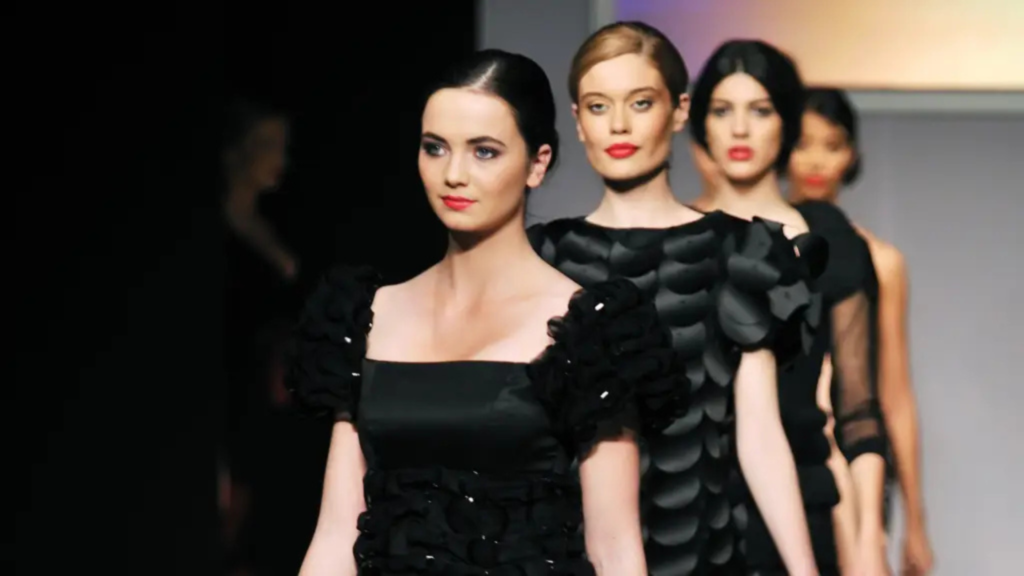2020 Clothing: The Year That Changed Fashion Forever
Let’s rewind a bit. Remember 2020? The year that flipped our lives upside down. While we all focused on adapting to the new normal, something interesting happened in our closets too. Enter the era of 2020 clothing—a whole new wave of style shaped by comfort, necessity, and a touch of rebellion.
If fashion reflects society, then 2020 was the year our wardrobes got real.
The Shift: From Runway to Reality

Gone were the tight jeans and sky-high heels. People everywhere swapped style for sanity.
According to a report by McKinsey & Company, global fashion sales dropped by up to 30% in 2020, but the demand for loungewear and athleisure skyrocketed. Why? Because people prioritized comfort during lockdowns, working from home, and virtual hangouts.
This shift wasn’t just a fluke. It marked a cultural reset. Suddenly, sweatsuits, oversized tees, and stretchy leggings were no longer just casual wear—they were the look.
Why 2020 Clothing Was a Whole Vibe
Let’s break it down. 2020 clothing wasn’t just about fabric; it was a feeling.
It was the freedom of wearing pajamas to a Zoom meeting and the ease of skipping heels for slippers. It was a collective sigh of relief when we realized fashion could be functional and fly.
Fashion became less about impressing others and more about feeling good in your own skin. That’s a win-win.
What Made 2020 Clothing Unique?
1. Loungewear Took the Crown
Tracksuits, joggers, matching sets—you name it. Brands like Skims, Nike, and Uniqlo leaned hard into comfort-focused designs. Even luxury labels like Balenciaga and Fendi launched upscale loungewear collections.
2. Face Masks Became Fashion Statements
Who would’ve thought? By mid-2020, masks became the accessory of the year. Designers began releasing branded, colorful, and even bedazzled versions. The CDC called it safety; fashion called it style.
3. Gender-Neutral Everything
2020 clothing saw a huge push toward inclusive fashion. Gender-fluid lines became mainstream, with big brands dropping “his and hers” for “theirs.”
4. Rise of DIY and Upcycling
Stuck at home, many people turned to DIY. Tie-dye kits, sewing machines, and repurposed outfits flooded social media. According to Pinterest Trends, searches for “DIY clothes” surged by 160%.
The Top Trends That Defined 2020 Clothing
Here’s a quick rundown of trends that went viral in 2020:
- Matching Sweatsuits: The stay-at-home uniform.
- Tie-Dye Everything: A nostalgic return to ’90s fun.
- Biker Shorts: Comfortable and cute—ask Hailey Bieber.
- Chunky Sneakers: Ugly shoes never looked so good.
- Oversized Everything: Hoodies, shirts, jackets—the bigger, the better.
- Bucket Hats: Yes, they came back!
Social Media’s Role in Fashion
Instagram, TikTok, and Pinterest were the real fashion runways in 2020. Influencers shared outfit-of-the-day posts from their bedrooms, while fashion challenges and “quarantine fits” went viral.
One TikTok trend, the “pillow challenge,” saw users create dresses using just pillows and belts. It was bizarre, brilliant. It was the peak of 2020.
Stats That Speak Volumes
- Online clothing sales in the U.S. grew by 27% in 2020 (Digital Commerce 360)
- Google searches for “comfortable clothing” jumped by 600% in March 2020
- The global loungewear market was valued at $37.7 billion and is expected to grow exponentially post-2020 (Statista)
From Survival to Self-Expression
2020 taught us that clothes aren’t just about looking good—they’re about feeling good. And when the world feels chaotic, comfort becomes a kind of control. That’s why the pieces we wore during this time weren’t just outfits; they were armor.
Clothing became a way to reclaim normalcy, to feel like ourselves again. And honestly? It was beautiful.
How 2020 Changed the Fashion Industry Forever
The year made fashion more real. It made brands listen to what people actually want. Sustainability, comfort, and inclusivity—these became the new gold standards.
Even post-pandemic, people are choosing soft fabrics over stiff collars. Designers are merging fashion and function more than ever. The line between “home clothes” and “going out clothes” is now deliciously blurry.
Conclusion: 2020 Clothing Was a Wake-Up Call
2020 clothing wasn’t about trends—it was about transformation. It reminded us that fashion can be personal, practical, and powerful. As we move forward, the lessons from that year still shape what we wear and why we wear it.
So the next time you throw on your favorite hoodie or rock those cozy joggers, give a nod to 2020—the year fashion finally got real.
FAQs About 2020 Clothing
1. What were the most popular clothing items in 2020?
Matching loungewear sets, tie-dye shirts, biker shorts, and face masks topped the charts.
2. Why did fashion change so much in 2020?
The pandemic changed how and where we dressed, pushing comfort and practicality to the forefront.
3. Were luxury brands affected by the 2020 fashion shift?
Yes. Many pivoted to loungewear lines and virtual fashion shows to stay relevant.
4. Is 2020 clothing still in style today?
Definitely. The comfort-first approach and hybrid fashion pieces are still going strong.
5. What can we learn from 2020 fashion?
That less is more, comfort matters, and fashion can adapt to the times while staying stylish.
Fashion is always evolving, but 2020 was a rare chapter where the world slowed down—and so did style. And somehow, we ended up loving it.


